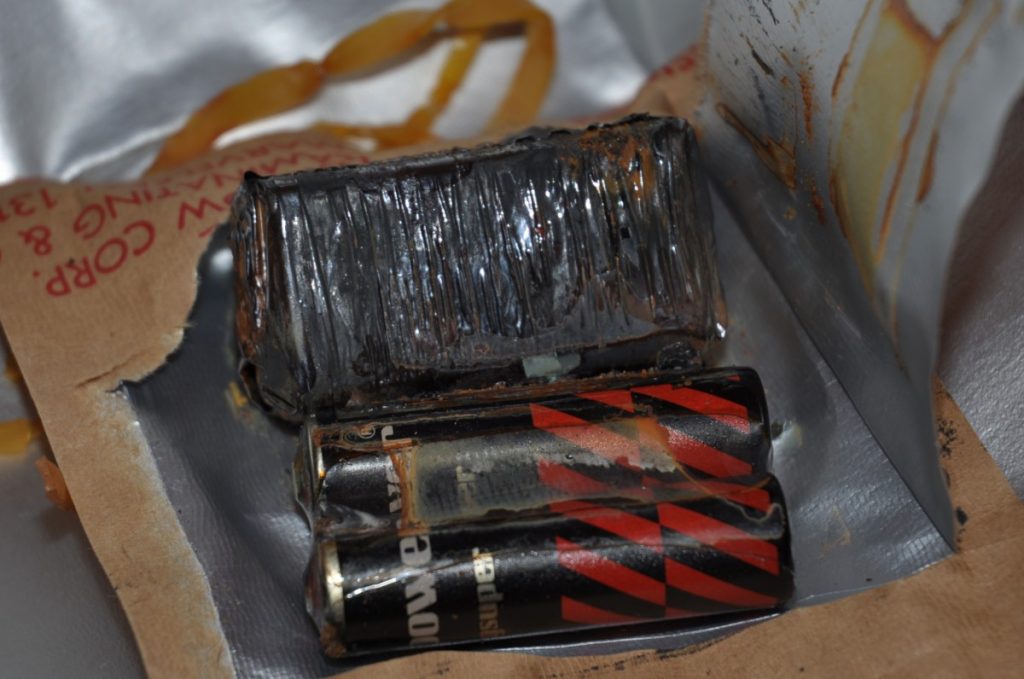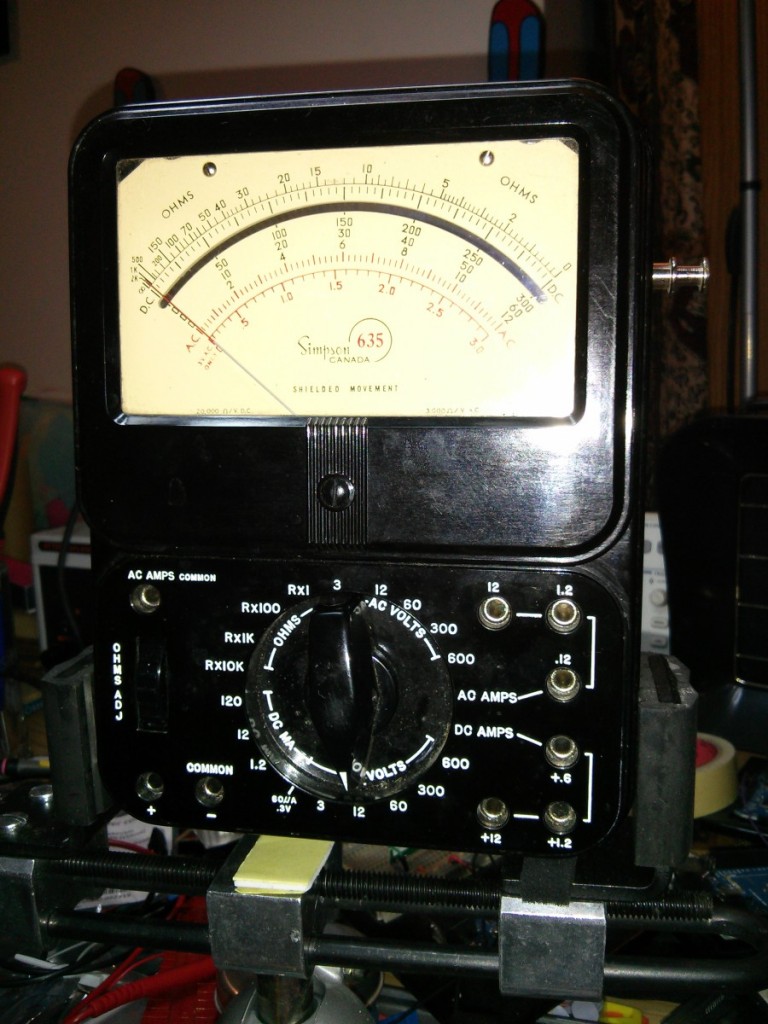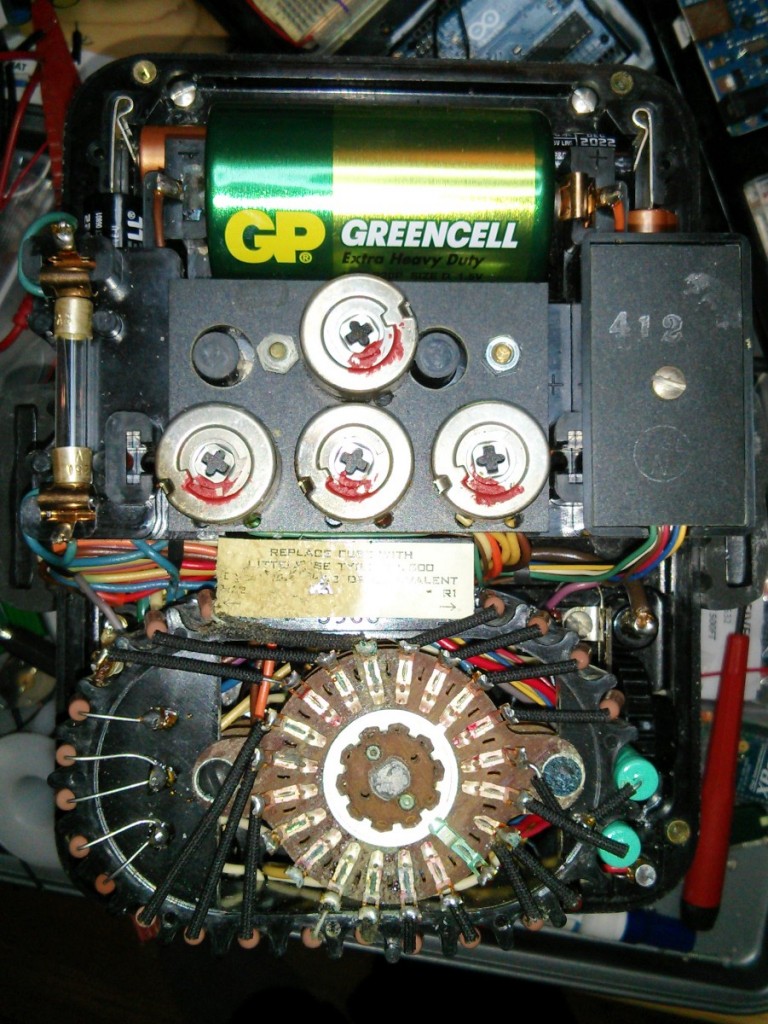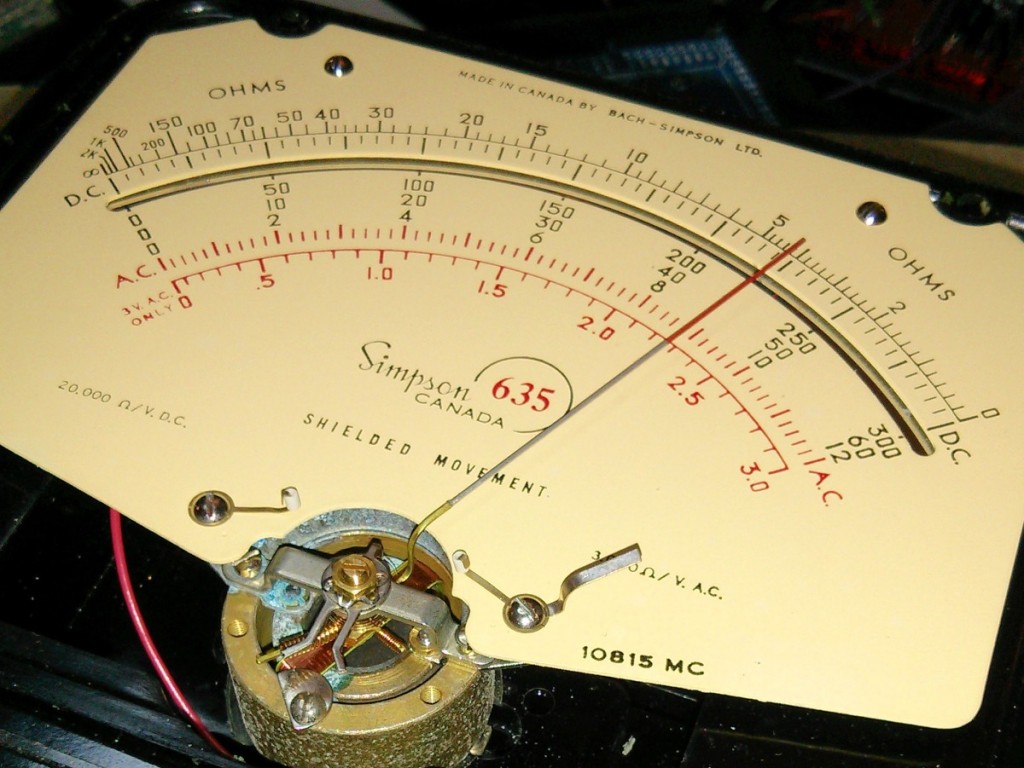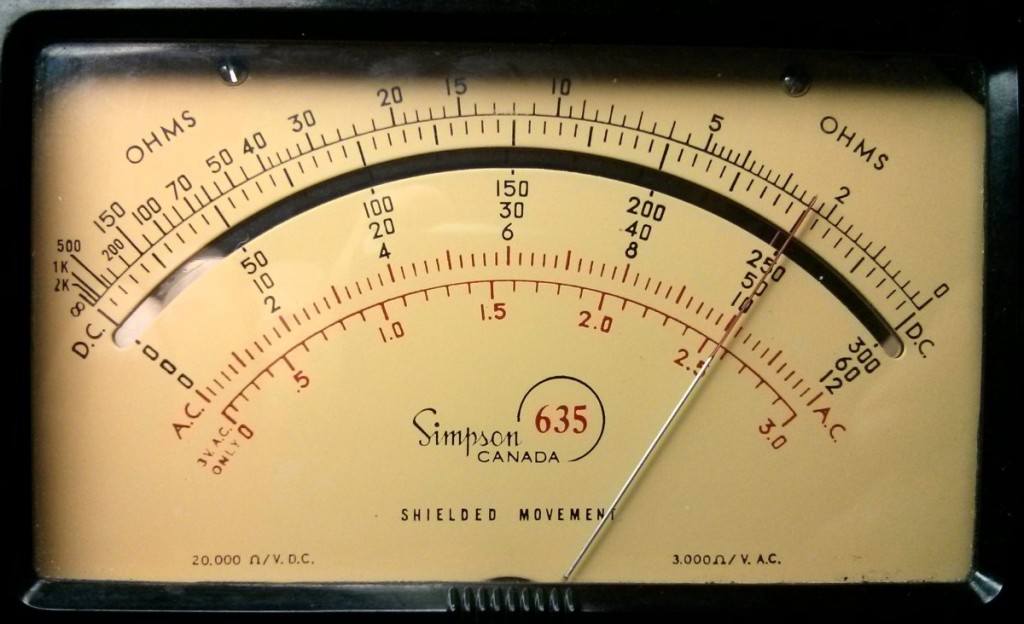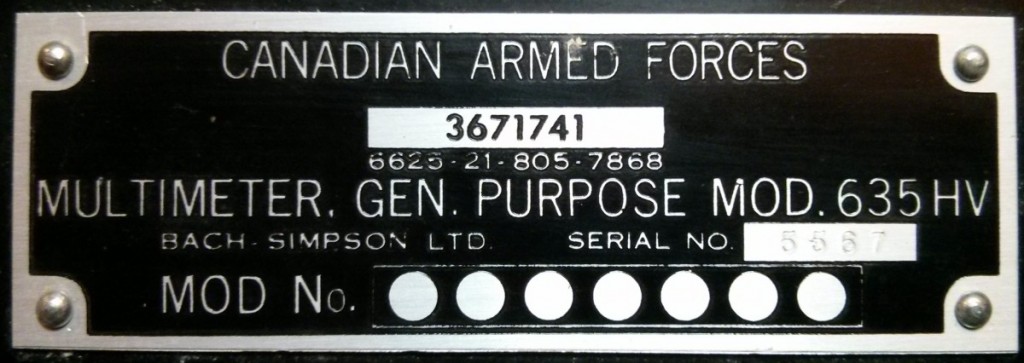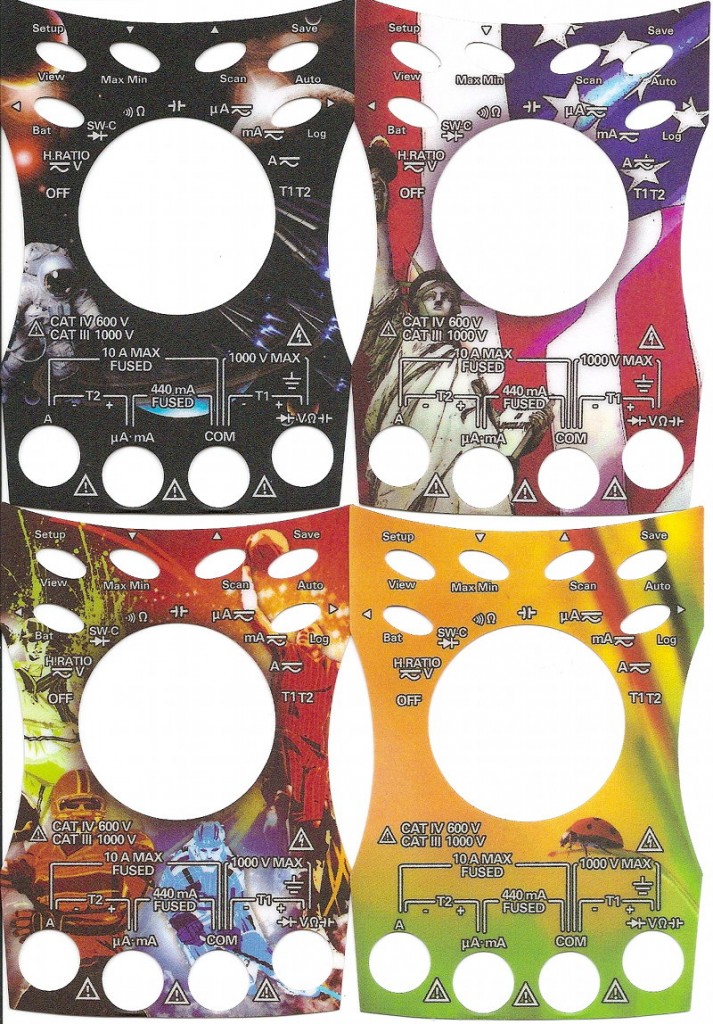Graham Green had a stall at Make Change yesterday. Graham’s the former manager of Active Surplus, the much-missed Toronto surplus emporium. He had some military-surplus multimeters that hadn’t seen daylight since I was in school. That’s a while back: this (unfortunately) was #1 the week I left school. So I bought one of Graham’s meters just to see what was inside …
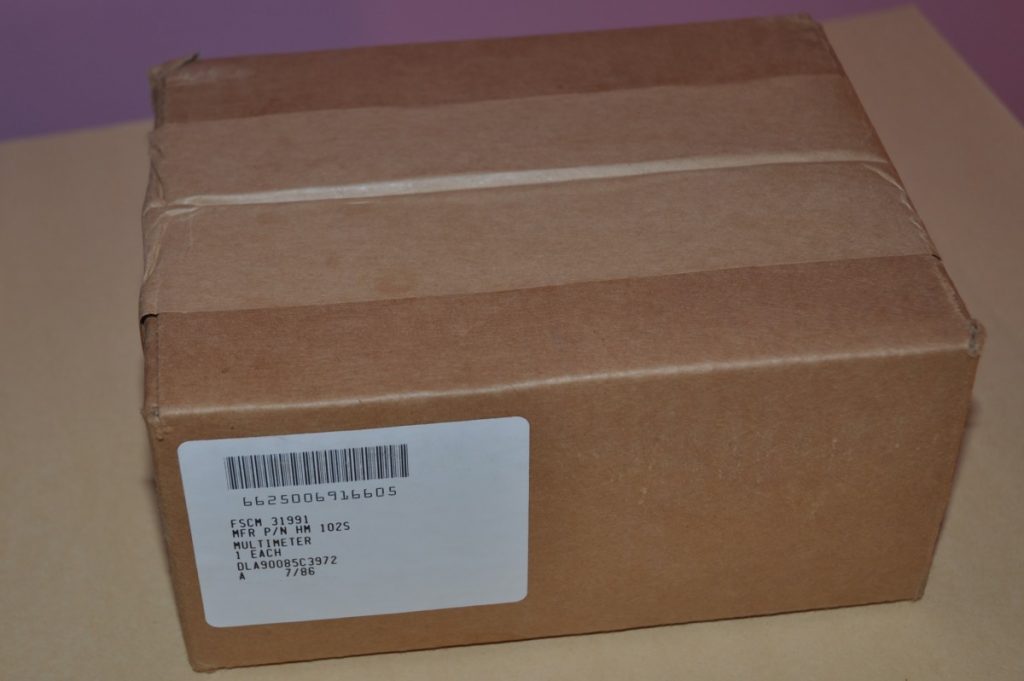
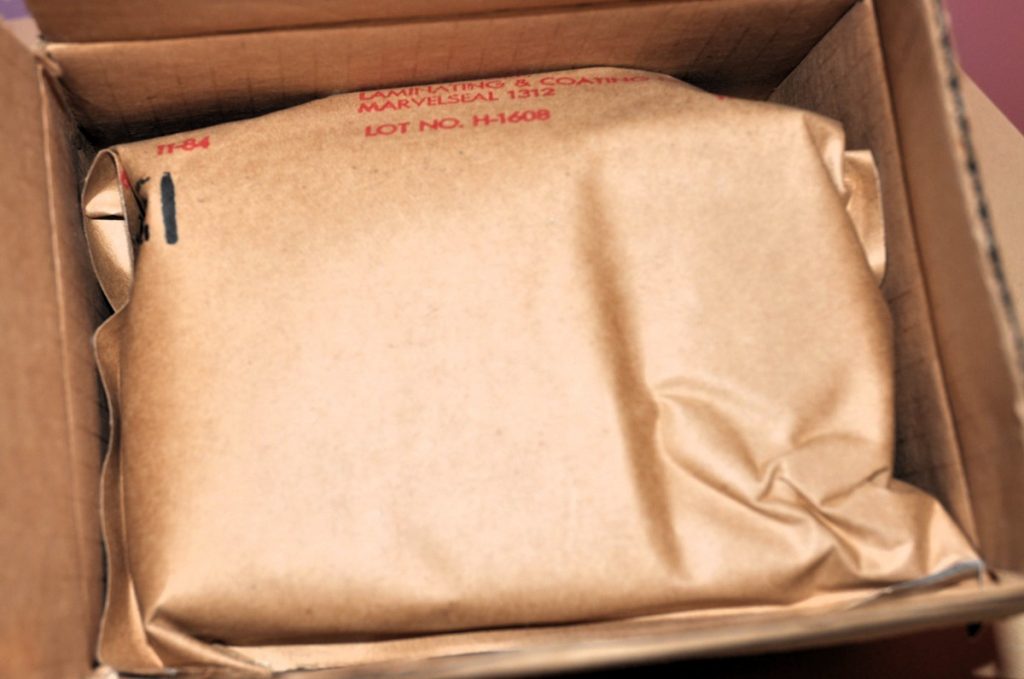

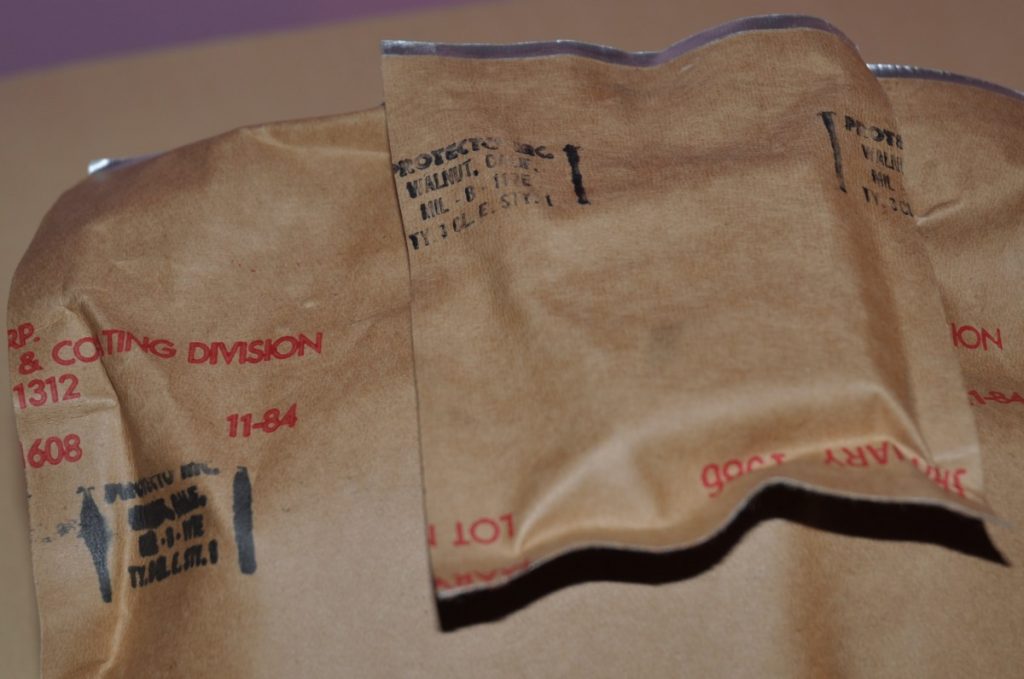
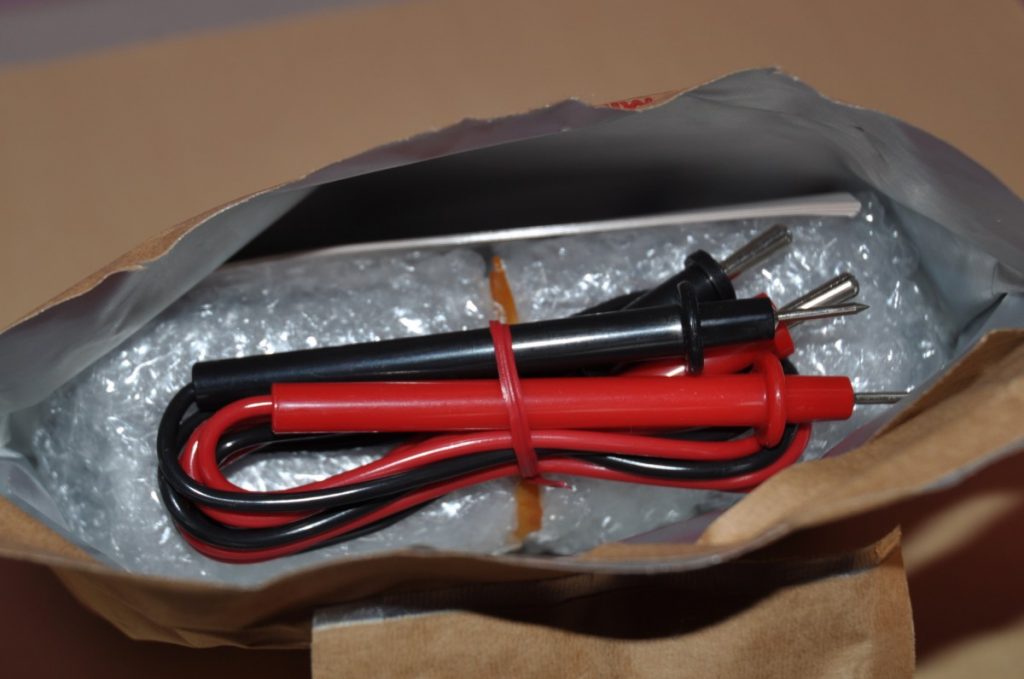
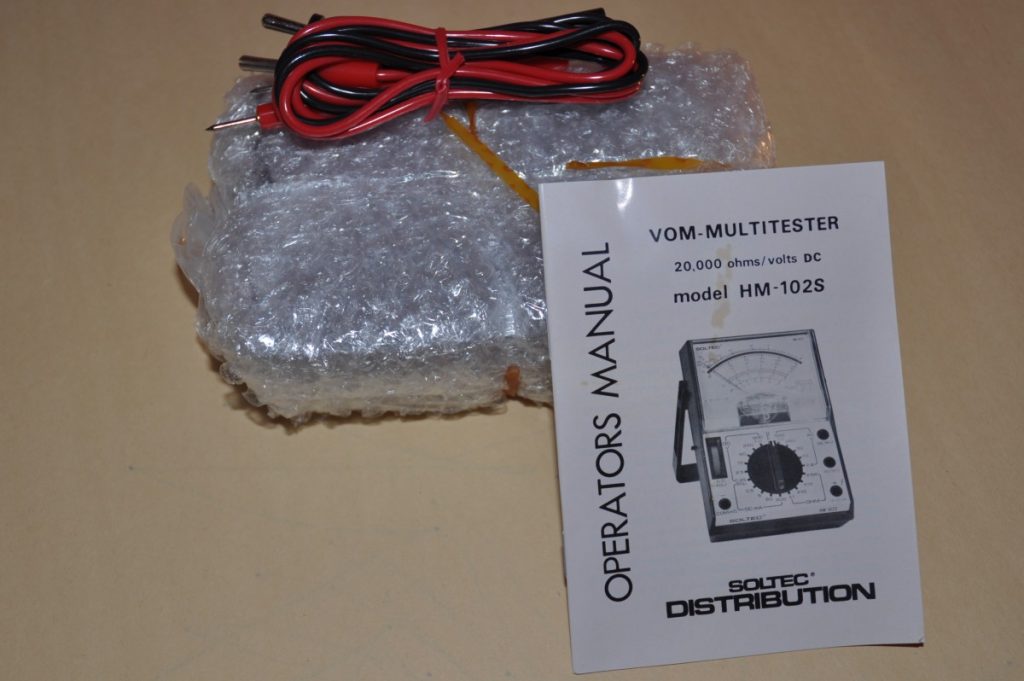
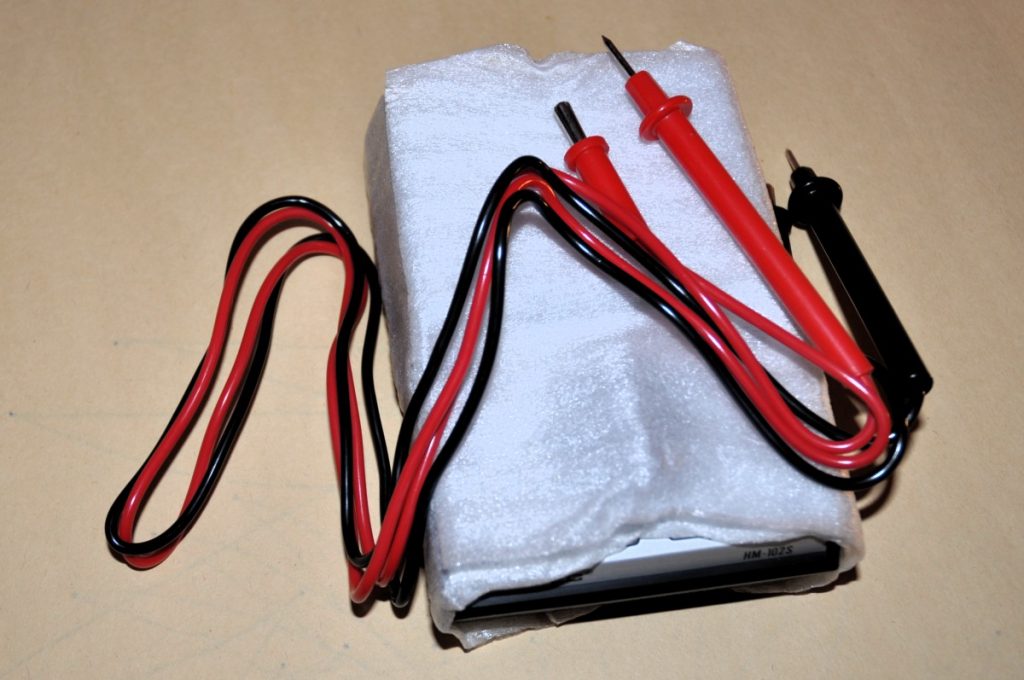
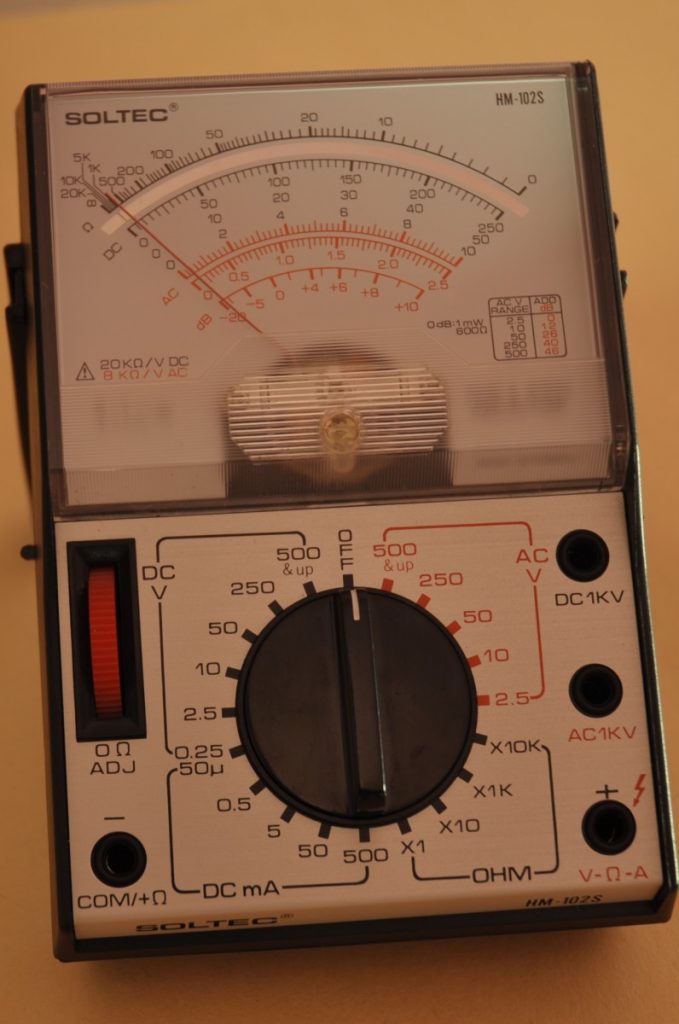
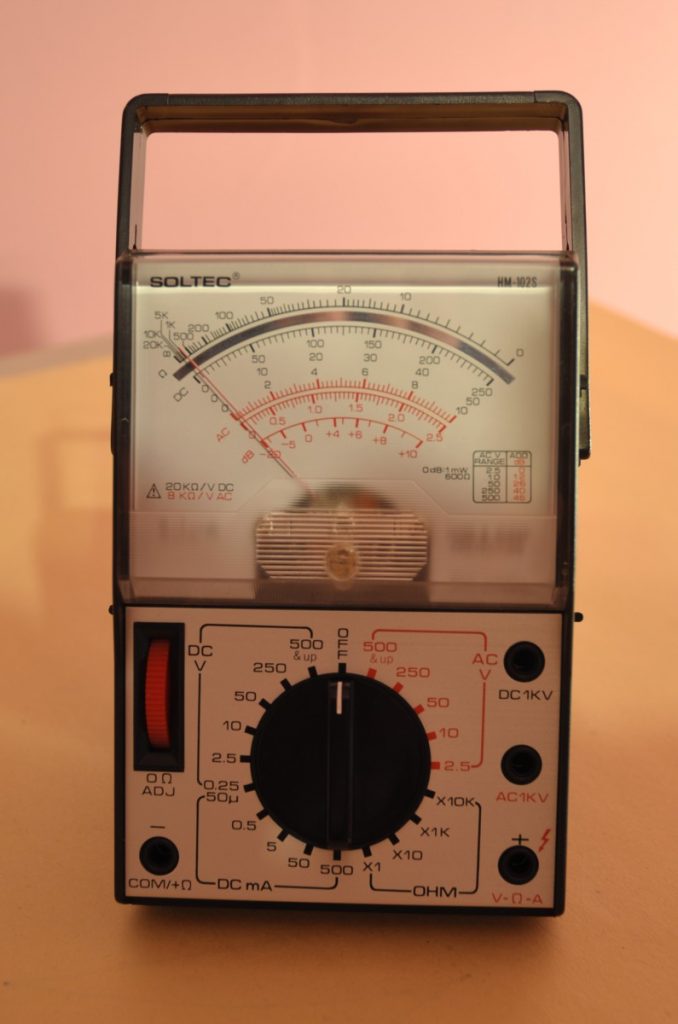
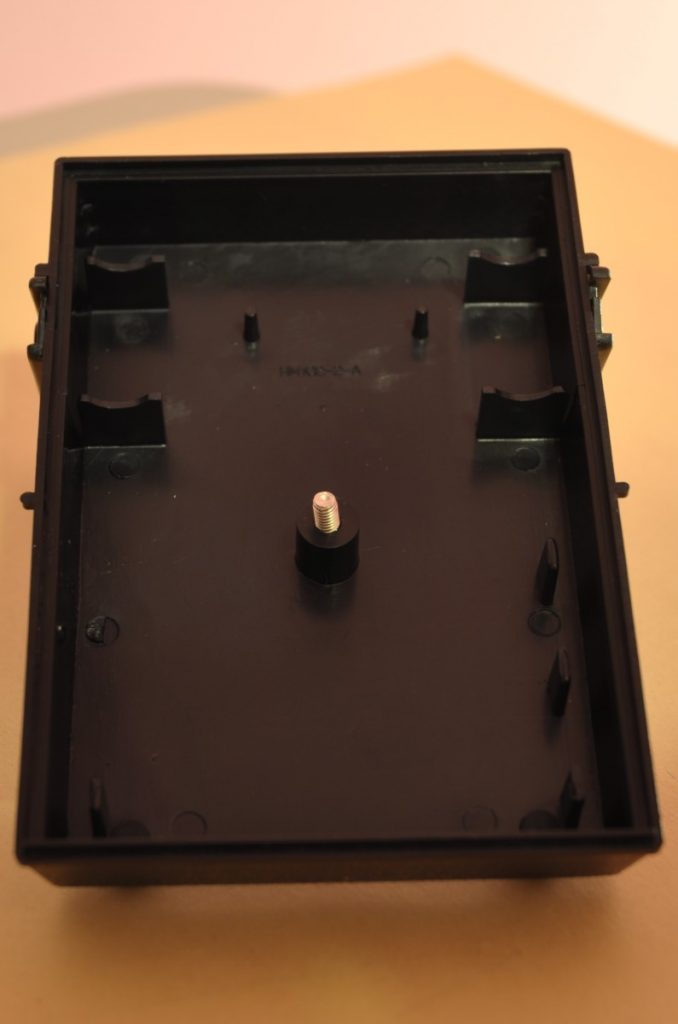
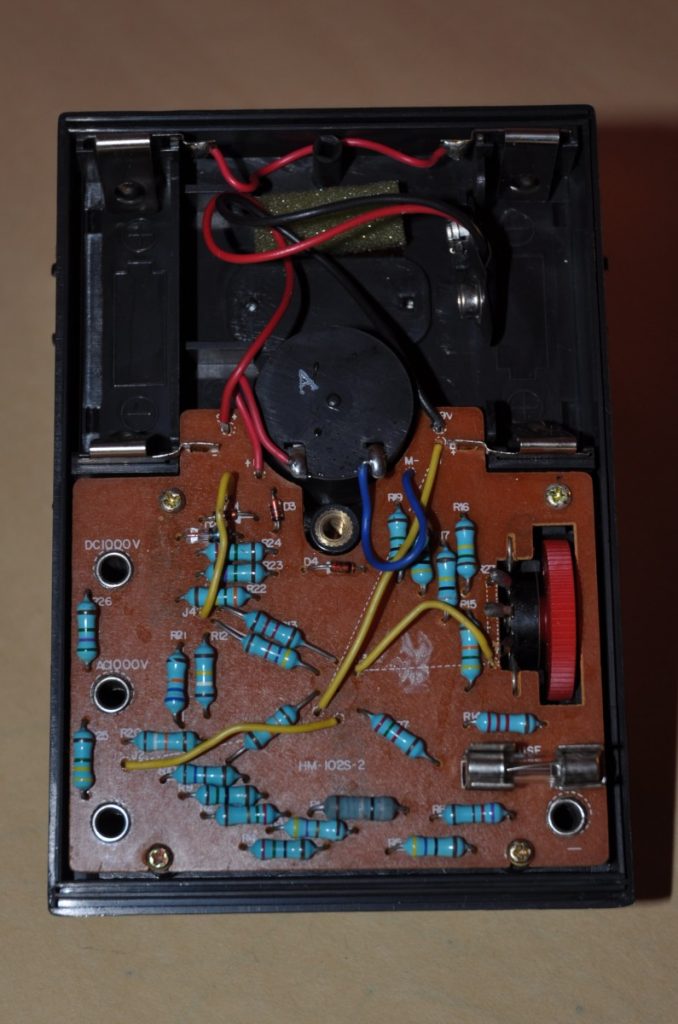
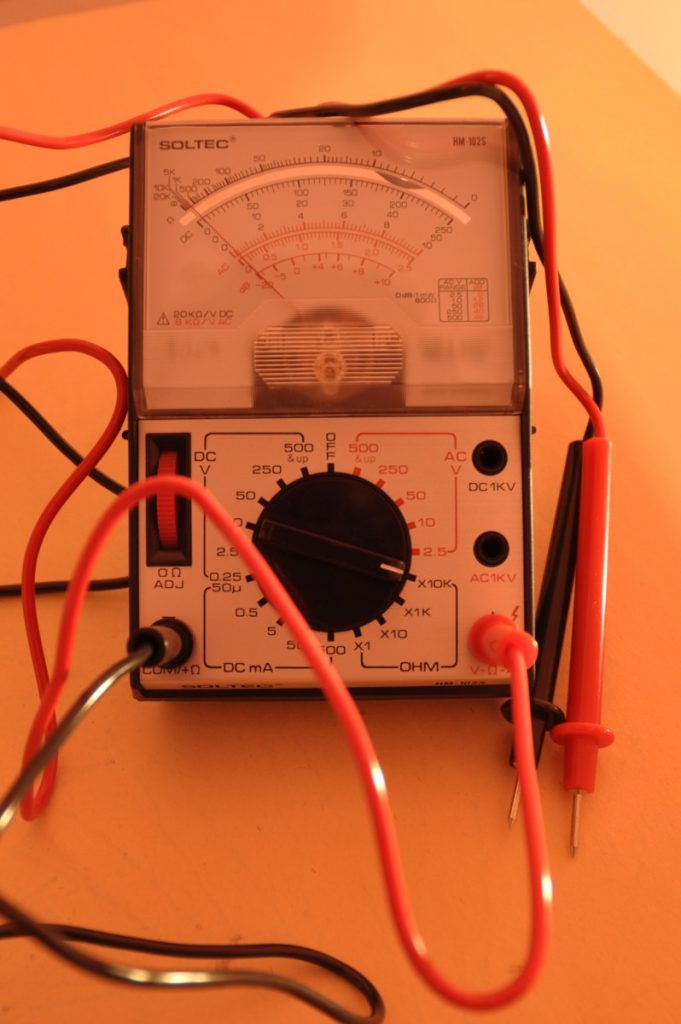
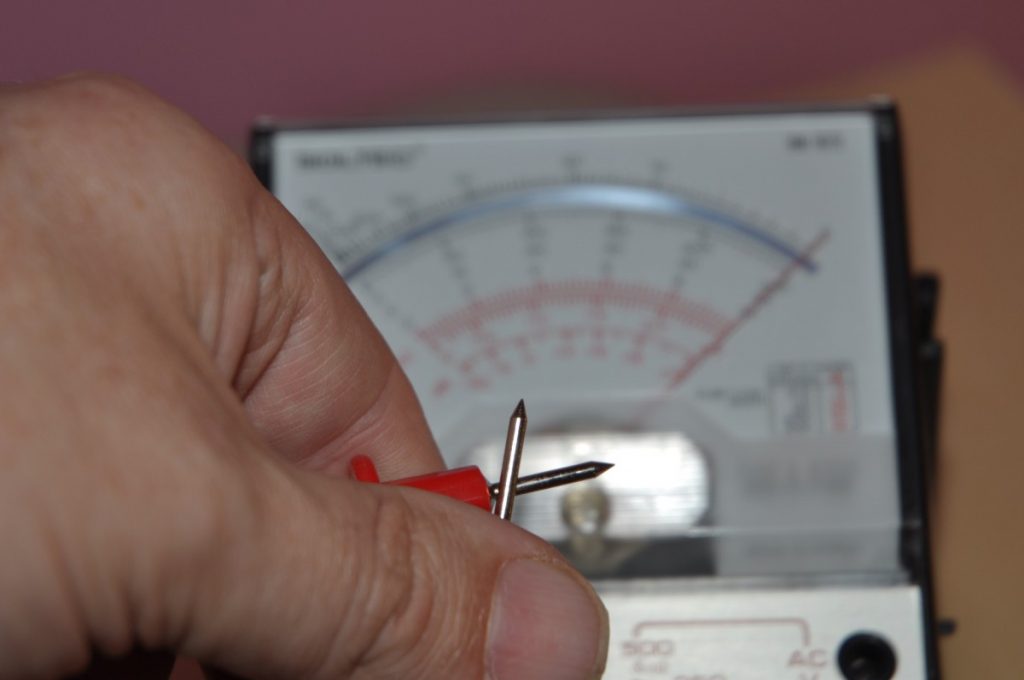
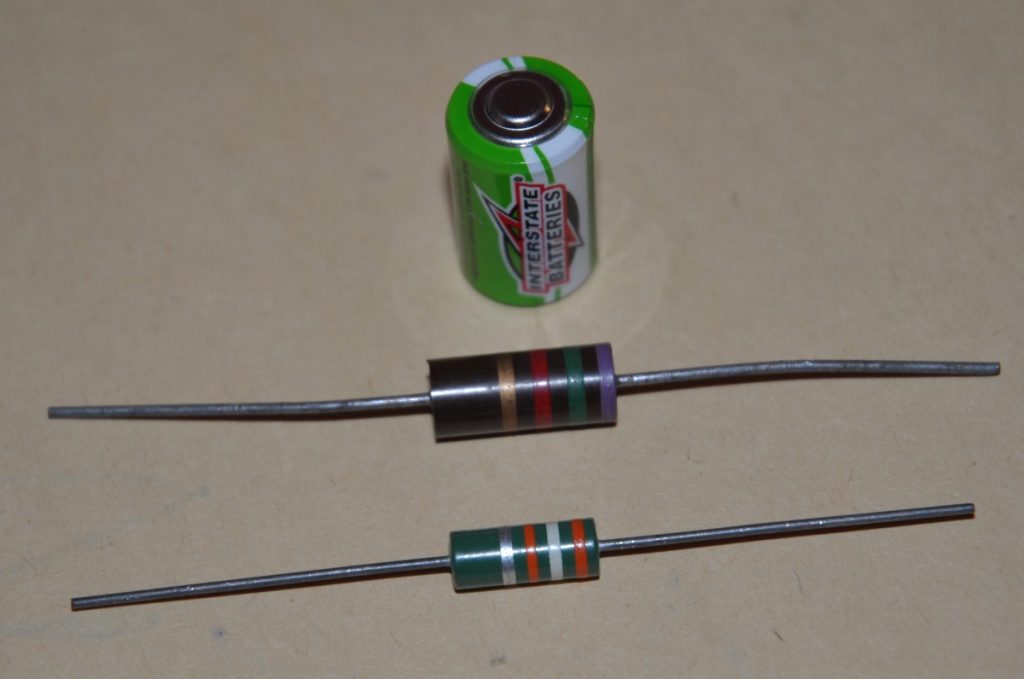
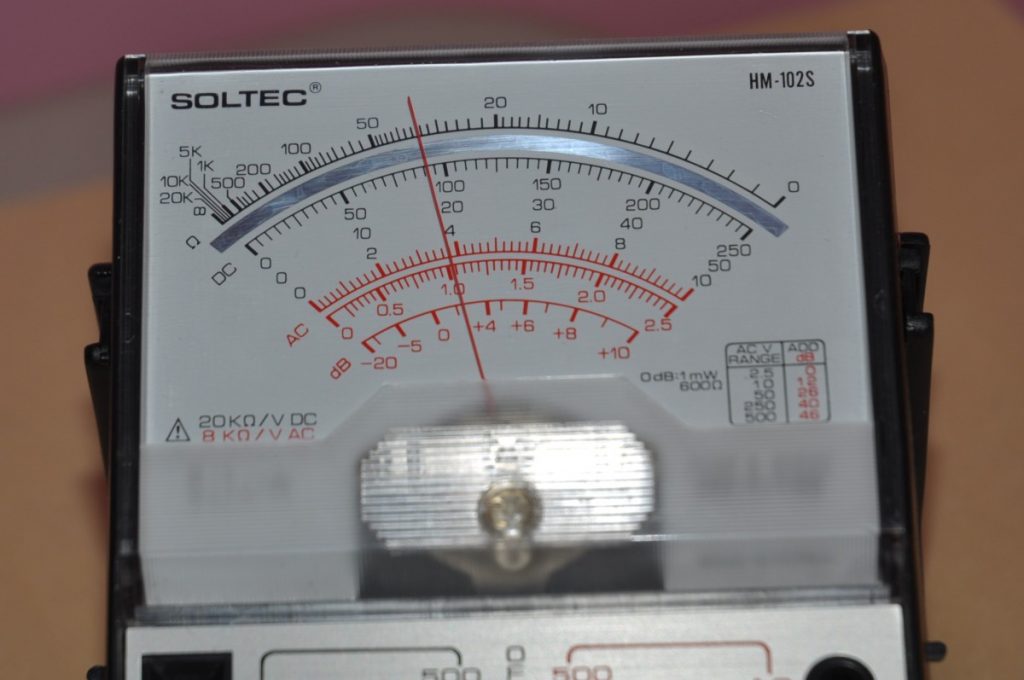
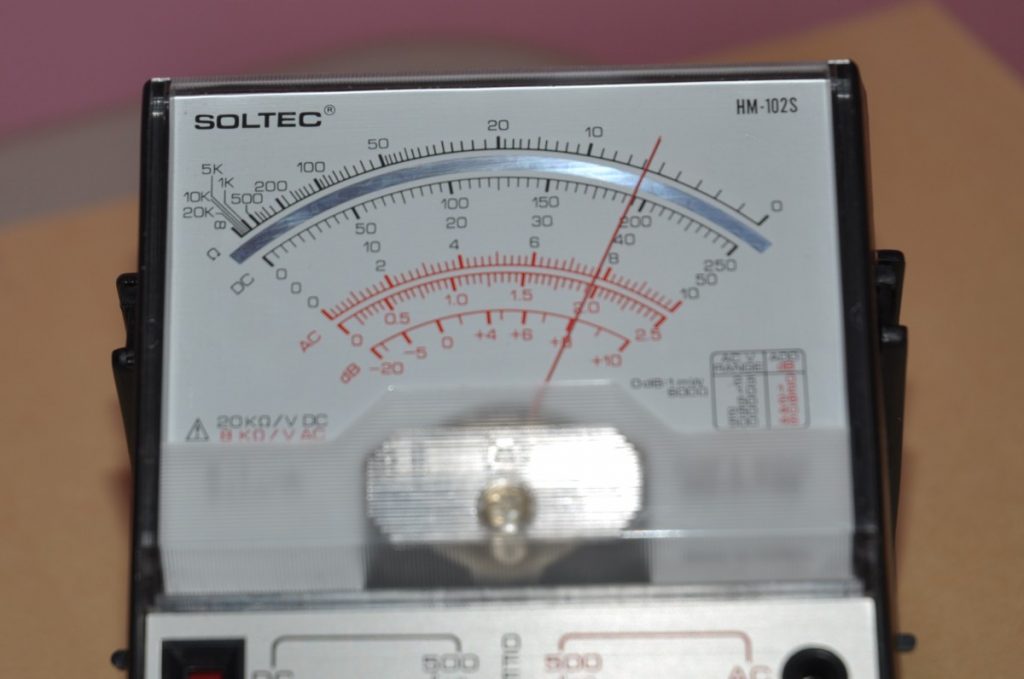
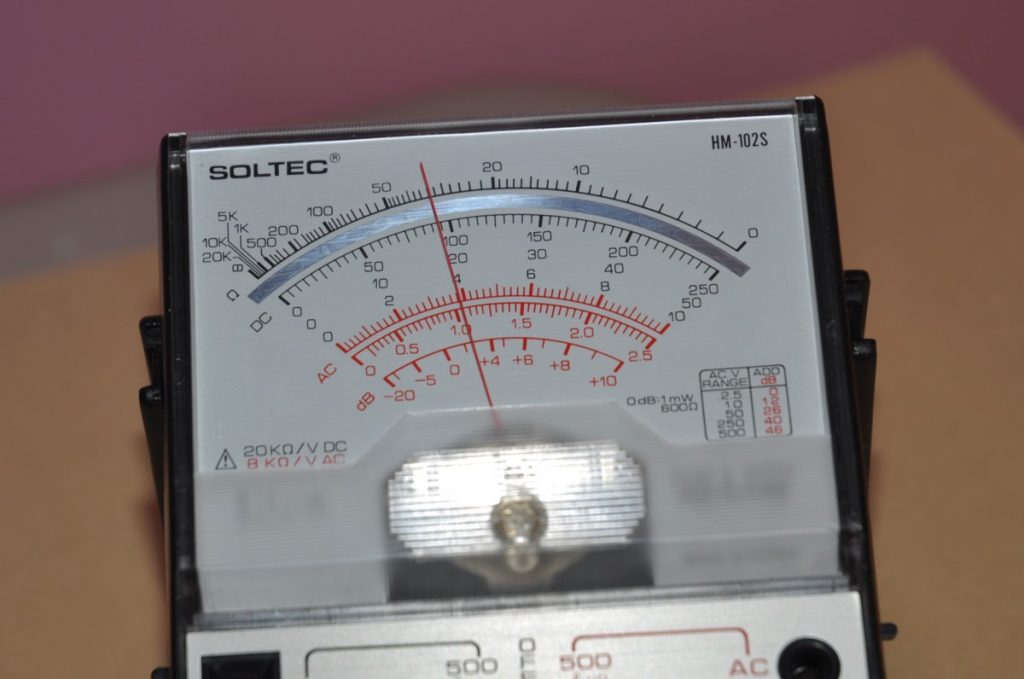
Would I recommend the Soltec as a general purpose meter? Not really. There are more capable multimeters available for about the same price, and you don’t need to go as far as the unbelievably expensive Agilent DMM I use (or even the strictly ornamental analogue ex-Forces Bach-Simpson 635 multimeter that graces/clutters my workbench). It would need a video to show where analogue meters excel: in showing changing values and getting a rough idea of the limits. It would make a great battery tester, or — if coupled with a micro-controller with PWM or DAC ouput — part of a demo rig. If nothing else, it’s a great way to learn how to appreciate modern test gear and all it does for us.
I’m probably going to regret this, but here’s a scan of the Soltec HM-102s manual:

